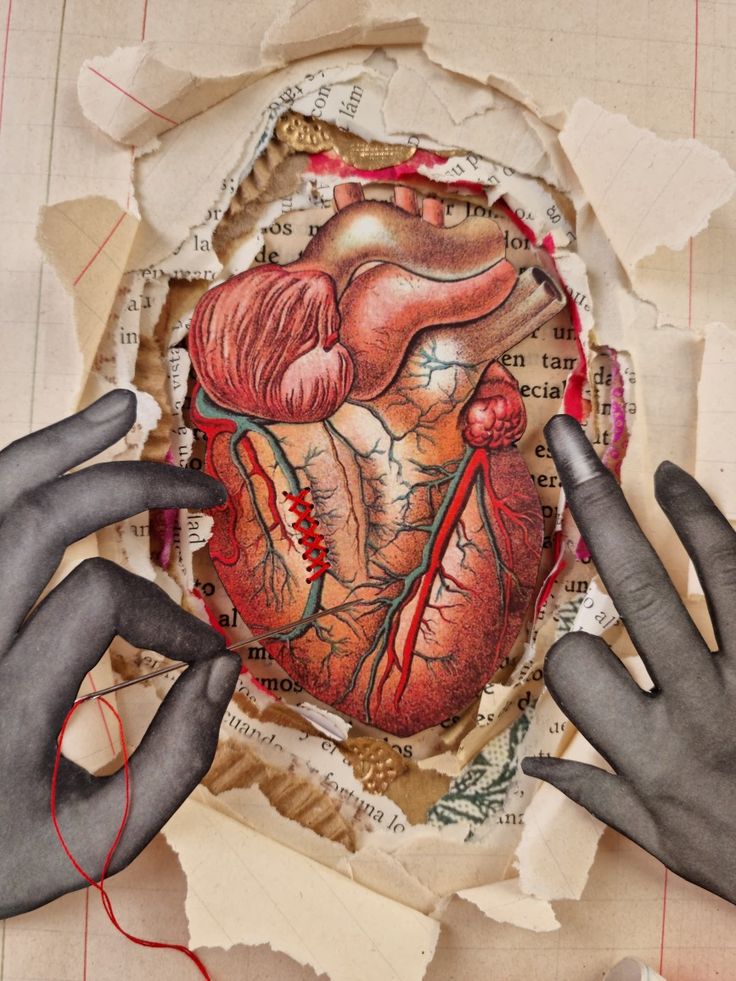7 Incredible Facts About Bioprinting Functional Human Heart Tissue That Could Save Lives
Introduction
Bioprinting Human Heart Tissue: Imagine a world where we can 3D-print functioning human heart tissue to save lives. Bioprinting has emerged as a revolutionary technology, offering hope for patients with severe heart conditions. This innovation combines science, technology, and medicine to address the global shortage of organ donors. Let’s dive deep into the world of bioprinting functional human heart tissue, exploring its history, significance, and daily life impacts.
What Is Bioprinting Functional Human Heart Tissue?
Bioprinting is the process of using 3D printing technology to create living tissues and organs layer by layer. Functional heart tissue, designed using this method, mimics real human heart tissue’s structure and functionality. This breakthrough aims to repair damaged hearts, reduce reliance on transplants, and save lives.
1. History of Bioprinting Human Heart Tissue: Bioprinting Human Heart Tissue
- Origin: The concept of bioprinting began in the early 2000s, with scientists experimenting with 3D printing technologies for medical purposes.
- Milestone: In 2019, researchers printed a small human heart using human cells, marking a historic breakthrough in regenerative medicine.
- Development: Over the past decade, advancements in biomaterials and stem cell technology have made bioprinting more precise and effective.
2. How It Impacts Daily Life: Bioprinting Human Heart Tissue
- Life-Saving Potential: Bioprinted heart tissue can repair damaged heart muscles, offering new hope for heart attack survivors.
- Reduced Organ Shortage: With bioprinting, patients may no longer need to wait years for a heart transplant.
- Cost-Effectiveness: Long-term, bioprinting could lower healthcare costs by reducing the need for expensive treatments and surgeries.
3. The Science Behind Bioprinting: Bioprinting Human Heart Tissue
Bioprinting involves three main steps:
- Bioink Creation: Scientists use a “bioink” made from stem cells or patient-specific cells.
- 3D Printing: A specialized bioprinter prints the cells layer by layer, mimicking heart tissue.
- Tissue Maturation: The printed tissue is cultivated in a controlled environment to grow and develop functional properties.
4. Fascinating Facts About Bioprinting: Bioprinting Human Heart Tissue
- Bioprinting can create blood vessels, ensuring proper circulation within printed tissues.
- The technology uses patient-specific cells, reducing the risk of organ rejection.
- Researchers are exploring bioprinting for other organs, like kidneys and livers, alongside heart tissue.
- Bioprinted tissues are already being used in drug testing to replace animal trials.
- The first fully functional bioprinted heart is expected to be transplanted within the next decade.
5. FAQs on Bioprinting Functional Human Heart Tissue: Bioprinting Human Heart Tissue
Q1: Is bioprinting functional heart tissue available today?
A: While bioprinted heart tissue is still in experimental stages, researchers are making significant progress toward clinical applications.
Q2: How does bioprinting benefit patients?
A: It offers a personalized approach, creating tissue from the patient’s cells, reducing rejection risks and dependency on donors.
Q3: Are there any challenges in bioprinting heart tissue?
A: Yes, challenges include vascularization (creating functional blood vessels) and ensuring long-term viability of bioprinted tissues.
6. The Significance of Bioprinting: Bioprinting Human Heart Tissue
Bioprinting represents a paradigm shift in regenerative medicine. It addresses the critical shortage of organ donors, saving countless lives. Moreover, this innovation has significant implications for drug testing and personalized medicine, ensuring safer and more effective treatments.
7. Observance and Raising Awareness: Bioprinting Human Heart Tissue
Bioprinting breakthroughs are celebrated during events like:
- World Heart Day (September 29): Highlighting advancements in cardiac care.
- National Science Day: Recognizing scientific innovations that impact society.
- World Organ Donation Day: Spreading awareness about the organ donation crisis and how bioprinting can bridge the gap.
Key Points to Remember: Bioprinting Human Heart Tissue
- Bioprinting uses 3D printing to create functional heart tissue.
- It has the potential to save millions of lives by addressing the global organ shortage.
- This technology reduces risks of rejection since tissues are made from the patient’s cells.
- Bioprinted tissues are already transforming drug testing and biomedical research.
- While challenges remain, bioprinting holds immense promise for the future of healthcare.
Conclusion: Bioprinting Human Heart Tissue
Bioprinting functional human heart tissue is more than a scientific milestone—it’s a beacon of hope for patients battling heart conditions. With continued research and innovation, this technology promises a future where organ shortages are a thing of the past. By supporting advancements in bioprinting, we contribute to a healthier, more equitable world.










